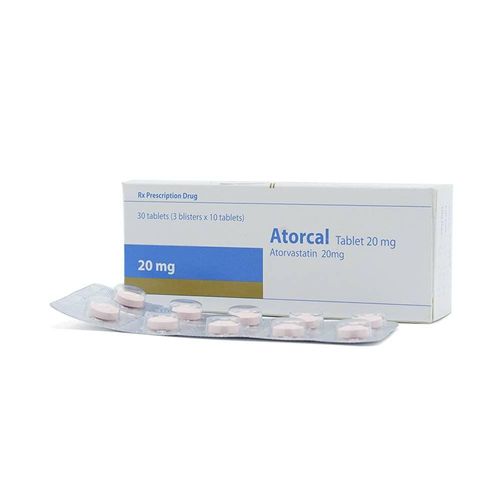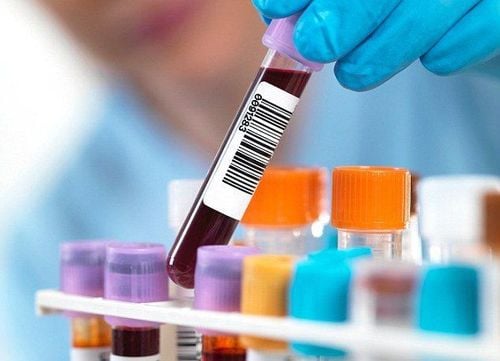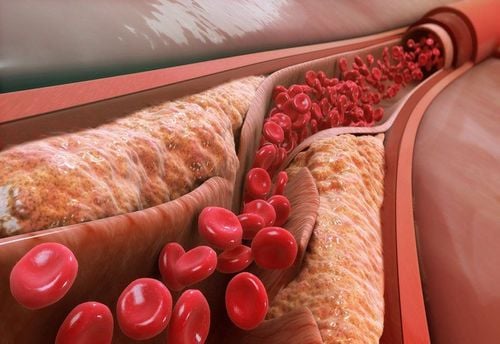This is an automatically translated article.
The article was written by MSc Vu Thi Tuyet Mai - Cardiologist - Cardiovascular Center - Vinmec Central Park International General HospitalCholesterol is an essential component of cell membranes and is used by the body to produce vitamin D and hormones such as estrogen. It is also used to produce digestive aids. Triglycerides are the body's main source of energy.
1. Lipids: What You Should Know
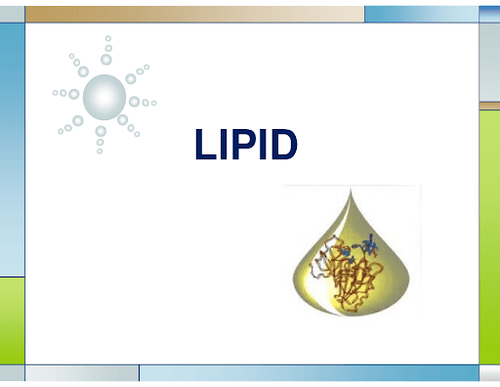
The body has two main sources of cholesterol and triglycerides: the liver and the diet. Cholesterol is found only in animal products (meat, milk, cheese, butter, and ice cream). For some people, eating too many cholesterol-rich foods raises blood cholesterol levels. In a normal, healthy person, the liver produces all the cholesterol the body needs, so you really don't need to get extra cholesterol from your diet.
Triglyceride levels can be elevated for a number of reasons: excess sugar, alcohol, fat or calories, or uncontrolled diabetes. In addition, certain medical conditions and medications, or genetic makeup, can increase triglyceride levels.
Cholesterol and triglycerides move throughout the body through the bloodstream, but only with the help of lipoproteins - LDL and HDL - delivering these fat molecules to different destinations. LDLc, or low-density lipoprotein, is called bad cholesterol because it can penetrate artery walls and cause cholesterol to build up, causing atherosclerosis there. And from here, coronary artery disease, the most common type of atherosclerosis, begins and progresses.
HDLc, or high-density lipoprotein, removes cholesterol from the blood and returns it to the liver for removal from the body. HDL can also help remove the cholesterol that LDLc leaves behind that stick to the walls of your arteries. That's why it's called good cholesterol.
So, in general, optimal lipid levels are characterized by low LDLc levels and high HDLc levels.
2. Is it necessary to lower blood cholesterol?
High cholesterol is indeed an important disease. We often ask how much to reduce to protect ourselves from cardiovascular disease? Studies show that for every one percent decrease in cholesterol, the risk of developing cardiovascular disease in the future is reduced by two percent.The process of forming atherosclerotic plaques due to hypercholesterolemia
3. Is it easy to lower cholesterol?
Although lowering cholesterol is a difficult task, it is completely doable. A long-term study of hypercholesterolemic patients showed significant improvements in LDLc management - even at the second follow-up visit - for both patients taking statins and those intolerant of statins.Besides hyperlipidemia, such as high LDL cholesterol, elevated triglycerides, low HDL cholesterol disorder, other modifiable cardiovascular risk factors also need to be controlled, with special attention such as: blood pressure. high, homocysteine, as well as sedentary lifestyle, obesity and diabetes and smoking.
4. How to start controlling blood cholesterol?
If we have never had a blood cholesterol test, we should get it checked by our doctor. Experts recommend getting your cholesterol checked at age 20, and then every 5 years after that. If you have high risk factors for cardiovascular disease, your doctor may recommend yearly screenings.This blood test is done after fasting for 9 to 12 hours and provides information on total cholesterol, LDLc cholesterol (bad cholesterol), HDLc (good cholesterol) and triglycerides (a type of triglyceride).
Target metrics should be:
| Cholesterol toàn phần (thước đo HDL, LDL và các lipoprotein khác) | Dưới 200 mg / dL |
| Chất béo trung tính (Triglyceride) | Dưới 150 mg / dL |
| LDL (lipoprotein mật độ thấp) | Dưới 130 mg / dL |
| Dưới 100 mg / dL đối với những người bị bệnh tim hoặc mạch máu và những người bị tiểu đường | |
| HDL (lipoprotein mật độ cao) | Lớn hơn 55 mg / dL (nữ) |
| Lớn hơn 45 mg / dL (nam giới) |
5. How to reduce cholesterol?
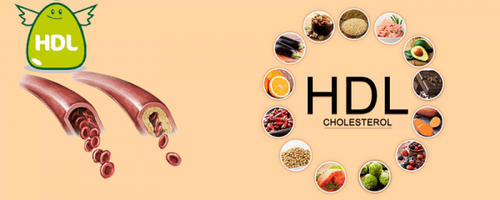
5.1 Diet A heart-healthy diet from the Adult Treatment Committee on Dyslipidemia (ATP III) guidelines, known as the TLC (lifestyle modification) diet, has can help lower your cholesterol. This is a low-saturated, low-cholesterol eating plan that requires 7% fewer calories from saturated fat and less than 200 mg of dietary cholesterol per day. animals, and meat, viscera such as heart, liver, kidney, brain, etc.).
The TLC Diet recommends just enough calories to maintain your desired weight and avoid weight gain. If your LDL isn't lowered enough by reducing saturated fat and cholesterol, you can increase the amount of soluble fiber (e.g., oats, oranges, beans, fresh fruits, vegetables, etc.) his diet.
You can also add certain food products that contain plant stanols or plant sterols (such as margarine, cholesterol-lowering, low-fat) to enhance your diet's ability to lower LDL. me.
5.2 Exercise Aim for 30 minutes of physical activity a day and at least 5 days a week. It can help raise HDL and lower LDL and is especially important for people with high triglycerides and/or low HDL levels, overweight people with a large waist measurement (more than 102 cm for men and women). more than 88cm for women). The activity should be of moderate intensity, like running, brisk walking, swimming, or dancing.
5.3 Weight Loss Weight loss if you are overweight, can help lower LDL and is especially important for those with elevated triglycerides and/or low HDL levels, overweight with large waist measurements .
Studies show that women with a waist circumference more than 88cm and men over 102cm have a higher risk of heart disease. Furthermore, the ratio of waist measurement to hip measurement is one of the strongest predictors of heart attack risk.
6. If your cholesterol still doesn't get low enough
If you can't lower your cholesterol enough through lifestyle changes, your doctor may recommend starting treatment with medication. (You still need to continue to make lifestyle changes to keep your medication doses as low as possible and reduce your risk in other ways.)Several drugs have been shown to reduce blood cholesterol and cardiovascular events, including: statins, bile acid sequestrants, nicotinic acid, fibric acid, and cholesterol absorption inhibitors. Your doctor can help decide which medicine is best for you.
Please dial HOTLINE for more information or register for an appointment HERE. Download MyVinmec app to make appointments faster and to manage your bookings easily.





